The Queen of the Danube
Story by Serafina Piasentin
Photography by John Liviero
Hungary is a country of eclectic charm with a rich but haunting history. In Budapest alone, you can get lost in the transfixing beauty of the Art Nouveau architecture and Zsolnáy ceramic tile roofs. In the countryside, you will become immersed in a more charismatic cultural experience where you can listen to the Hungarian language firsthand. In Budapest, English is rampant and so are the tourists. John and Anita Liviero combined both the capital and the countryside on their week-long trip to Hungary, first stopping in Budapest and then visiting Anita’s family in Oroszlány an hour away.
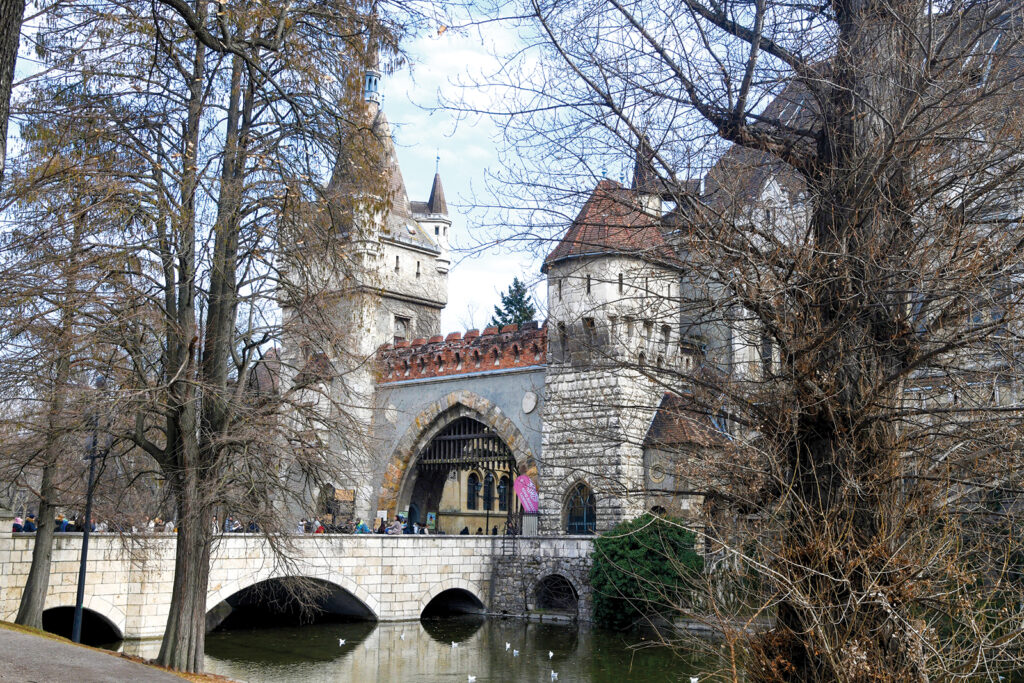
Budapest sprawls through the hills on either side of the Danube River. One half of the city is known as Buda and the other is lovingly called Pest. The waterway that divides the two land masses is integral for trade and served as a natural border when Hungary was a part of various empires. During WWII, Jewish people were lined up along the bank of the river and were shot. The Liviero’s remember pausing at the monument that immortalizes this event. Known as Shoes on the Danube Bank, shoes of all sizes and shapes line the river. Many are filled with flowers, but none are filled with feet. Only the memory of their owners exists now. Budapest also has a Jewish Quarter and the largest European synagogue on Dohany Street if you’d like to further educate yourself on the WWII tragedies.
Budapest’s history will take you back in time, but it is important to remember to also live in the moment. A must-do activity is to take the sunset cruise down the Danube River. Not only will you receive complimentary champagne, but you will also witness the infamous Hungarian Parliament light up like a golden castle on the horizon. It is truly a magical sight, and the cruise is only $40 Cdn.
Buda Castle should also be on your bucket list. Not only does it offer panoramic views of the puzzle-piece city, but it also hosts an art gallery telling the story of Budapest throughout the eras. Plus, you can take a funicular ride to the top!
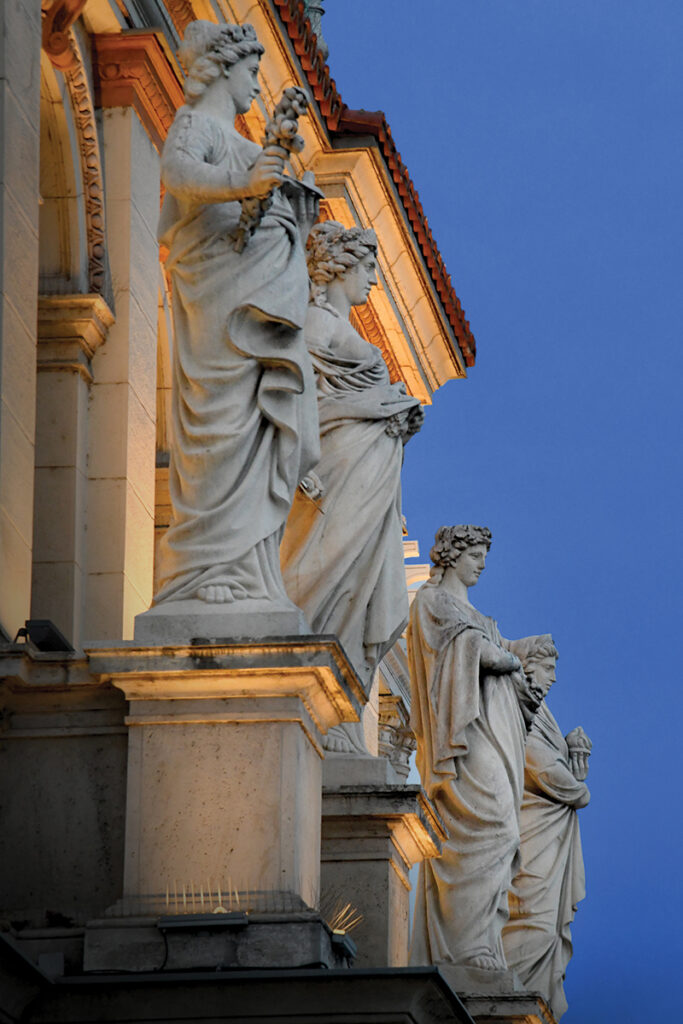
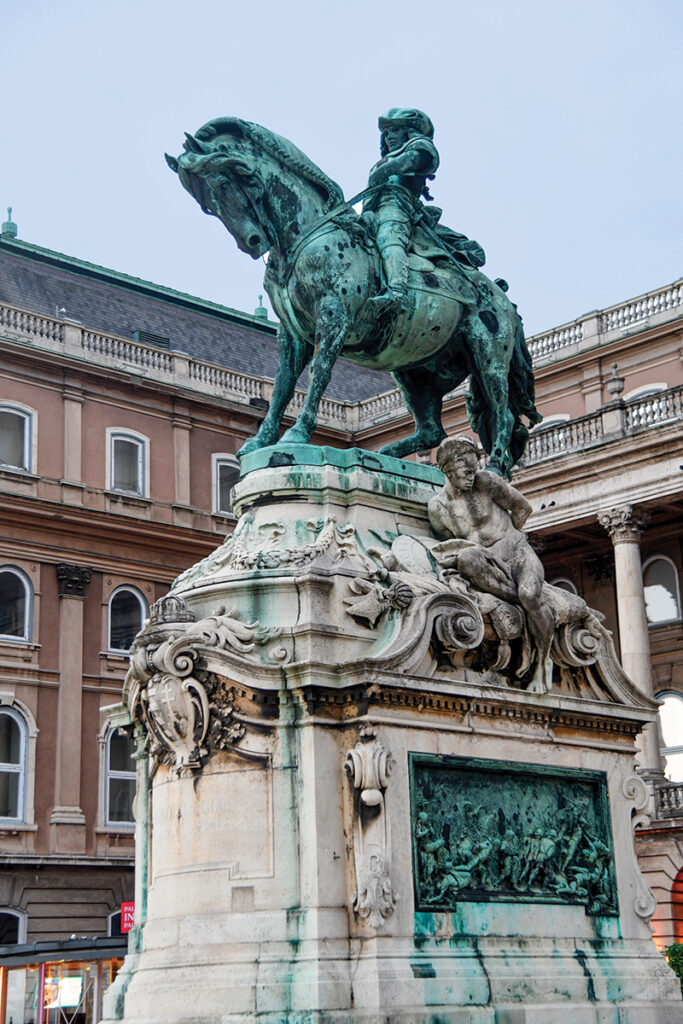
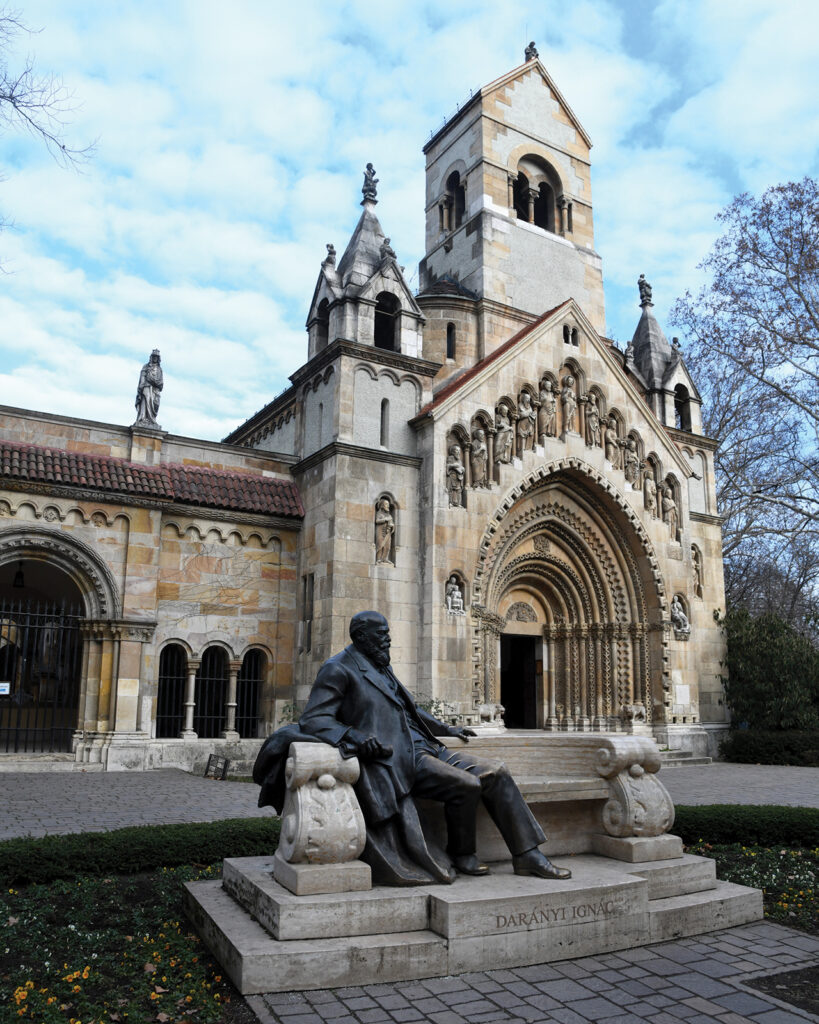
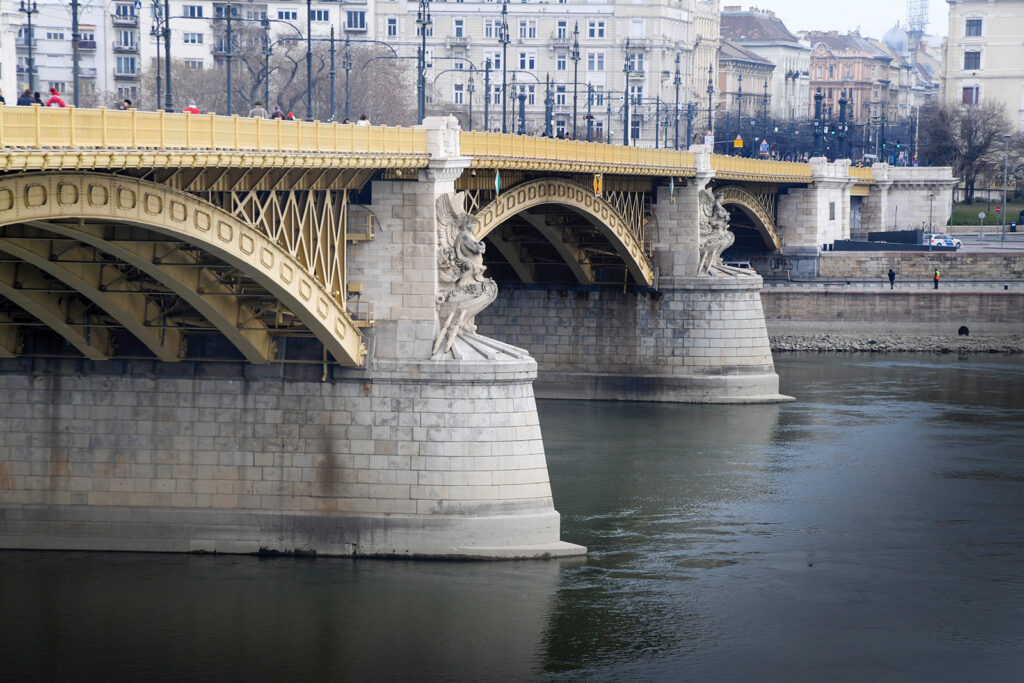
A short walk away is Castle Hill where you can tick off two sights at once. Climb the white Neo-Romanesque terraces of the Fisherman’s Bastion and pose for pictures in the arched windows. This structure was once a part of the castle wall and protected by a guild of fisherman called Halász. It has now been restored and is suitable for tourists to explore. It costs only a dollar to climb to the lookout, so don’t miss out on this activity. You will also be able to marvel at St. Matthias Church from above. The orange and teal Zsolnáy tiles often invoke a deep appreciation for the neo-Gothic style.
Budapest truly makes you question the current modernist architecture. If you are interested in learning more about Hungarian architecture, visit Vajdahunyad Castle on the other side of the Danube.
After absorbing so much history, you might want to decompress in the Szechenyi Thermal Baths. For $40 Cdn., you can marinate in the steaming waters of the yellow oasis. There are many thermal spas in Budapest, and this is the most popular one. If you’d like a less crowded option, try Veli Bej or Lukács Baths. However, to optimize your travel time, the Szechenyi baths are near the Szechenyi Chain Bridge which leads to St. Stephen’s, a domed basilica with pastel and gold frescoes.
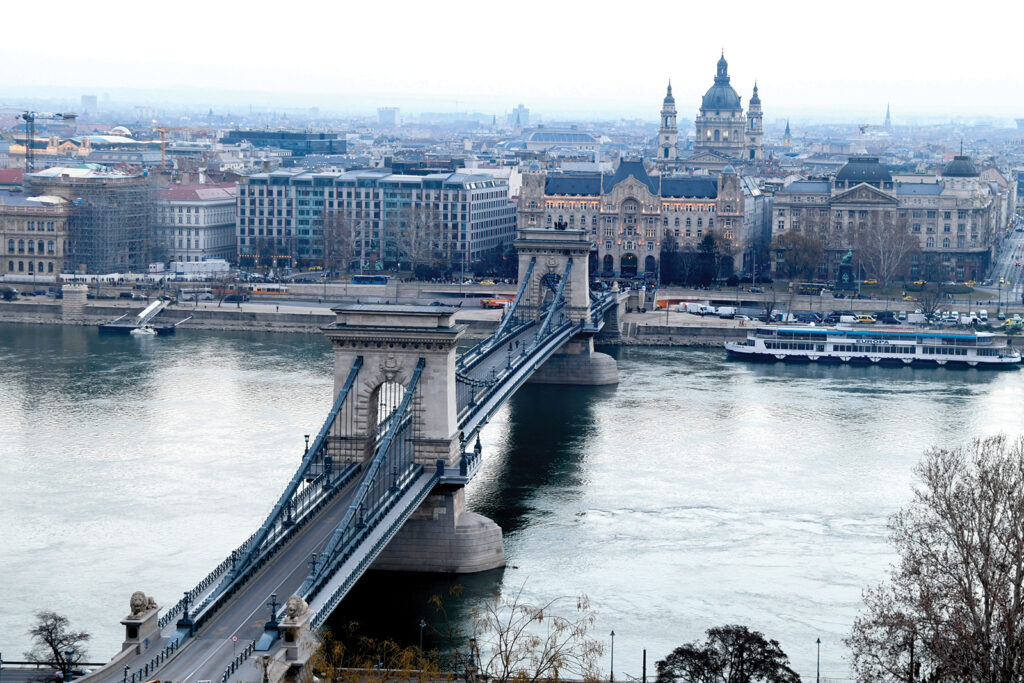
Though the area is large, John says “I found it very easy to get around.” The Liviero’s used the metro, but walking is also a great option. Every corner you turn down, you just might find another grand building. A tourist favourite is the New York Café. Though extremely expensive, you are paying for the atmosphere of elegance and class. You will dine beneath golden paintings and spiraling pillars while live classical music plays in the background. Since you are likely to visit so many castles, it makes sense that you would want to feel like a King or Queen yourself. This café is the place to do so.
Budapest is indeed a glowing gem in the centre-north of Hungary, at the heart of Europe. John describes it as “very busy but full of people enjoying life. I really enjoyed hearing all the different languages being spoken from all around the world. I also found the people to be very nice. I could easily spend a month in Budapest because there is so much to do and see.” However, there are treasures to be found even in the countryside.
Oroszlány is only an hour away from Budapest, but it is vastly different. Located in the Central Transdanubia region and flanked by the Vertes Mountains, this city is much smaller and more mundane than Budapest. John says, “We celebrated my mother-in-law’s birthday and had a great time with Anita’s family.” After exploring the big city, the Liviero’s were relieved to see some familiar faces and partake in a quotidian event such as a birthday.
When travelling, it is easy to get caught up in the exciting unknown and try to cram as many sights and activities into your day as possible. However, it is important to remember to take care of your needs. Sometimes, sitting down in a home and having a family dinner reminds you to slow down and enjoy the normal moments just as much as the new ones. As exciting as it is to “witness a movie being filmed over the Danube River with John Cena and watch a black helicopter fly under a bridge,” it is the simple moments that make these impressive moments so great. Hungary is the perfect example of combining both grandeur and simplicity. In big cities like Budapest, where every building looks like a palace, it is easy to get swept up into the rich life, especially because “our Canadian dollar is worth a lot more than the Hungarian Forint.” However, smaller cities like Oroszlány serve as a reminder to appreciate the little everyday paradises, like a birthday or a family dinner.
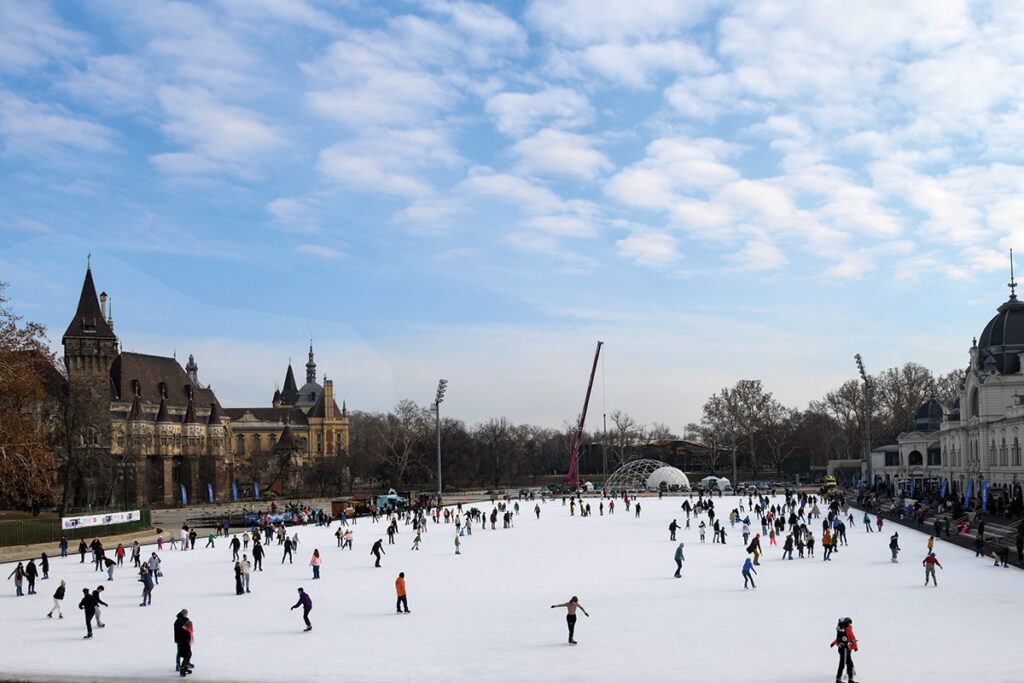
This sentiment is also reflected in Hungarian cuisine which is often simple but flavourful. The Liviero’s were fortunate to experience Hungarian dishes locally, but even restaurant-made meals are outstanding. Goulash, the national dish, is a soup made of meat and vegetables and seasoned with paprika and other spices. Paired with mulled wine, this simple meal will warm your belly and your heart. That’s the charm of Hungary—you won’t be hungry when you leave. You’ll be full of memories.
Published in the May/June 2025 Edition.


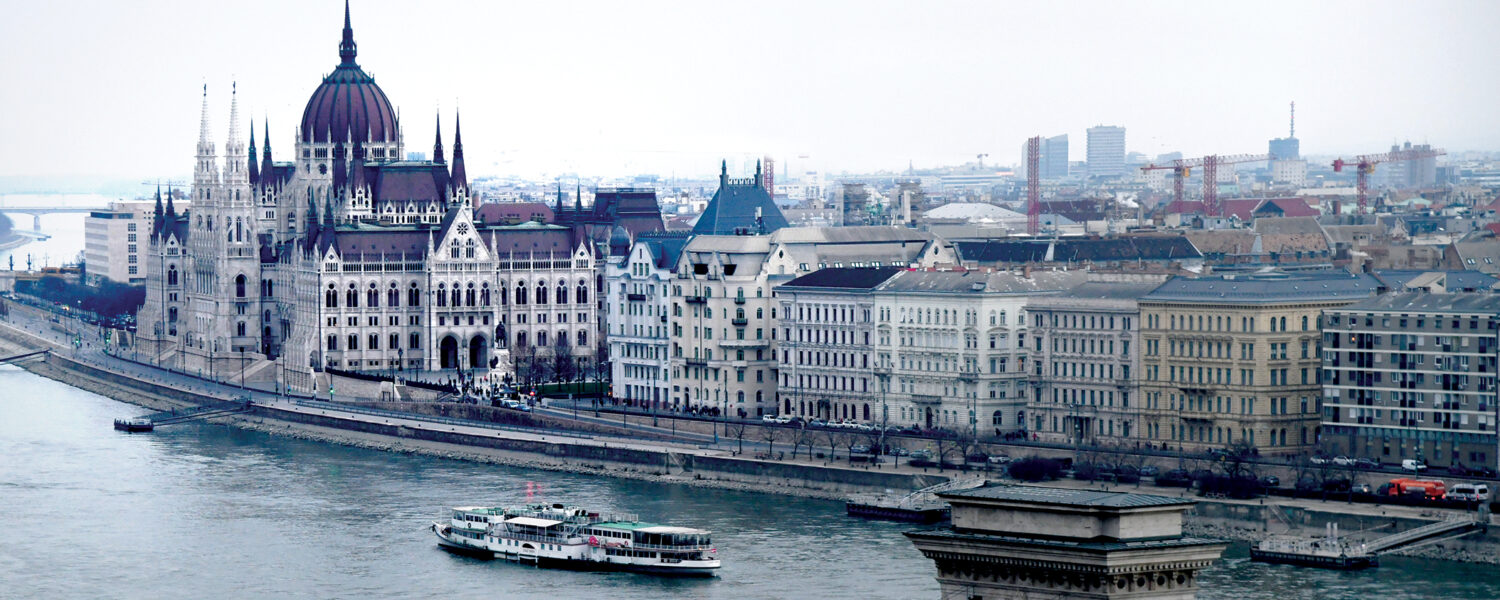

Add comment